When SaGa Frontier released back in 1998, it genuinely perplexed me. This was a point in time when the PlayStation had games like Final Fantasy VII, Final Fantasy Tactics, Breath of Fire III, Tales of Destiny, Wild Arms, and Azure Dreams. Almost all of these games retained some semblance of traditional RPG concepts: stories were linear, objectives were easy to follow, and you grinded for experience points to level up. Then came SaGa Frontier, which threw all those ideas out the window. Now, with SaGa Frontier Remastered, I wanted see how well this upgraded version holds up today.
Needless to say, there was still a bit of confusion, and I kept wracking my brain to remember what I did over 20 years ago. Once I jogged my memory, everything clicked. Indeed, SaGa Frontier Remastered is still the same zany and wonderful mess that made it a JRPG that I fondly recall.
The new improvements in SaGa Frontier Remastered
Before we get into the details of the story, let’s talk about the new improvements in SaGa Frontier Remastered. First, you’ll notice the shiny coat of paint. The game now has high-res graphics and sprites, making characters, environments, and effects stand out. The text is also larger, which I happened to like since it improves accessibility. The only downside here is that the maximum resolution you can choose is 1080p (which is kind of a bummer for those with 4K monitors and TVs). Likewise, you’ve got lots of save slots, an autosave feature, and a quicksave shortcut. If you do a soft reset to return to the main menu, you can pick quickstart to reload at blindingly fast speeds.
Speaking of blindingly fast speeds, you may also tweak the game’s speed while on the map or when fighting battles. Doing this while exploring can be problematic since enemies will also rapidly beeline for you. Conversely, it helps to increase the battle speed owing to all the grinding you’ll do.
There’s also a nifty quest/story tab that shows you the current objectives for a character’s main quest. It’s fairly basic, but it does aid you as you’re completing the campaign. The only problem here is that it doesn’t track other objectives (i.e., searching for arcane cards or runes). Worse, you’ll notice barebones information such as in the case of Asellus. Her mid-game involves going to various areas to trigger boss encounters, but the quest tab only tells you to “engage in at least one combat and explore various regions.”
Other notable additions and tweaks include detailed equipment stats, seeing stat bonuses when mystics absorb foes, changes to item names, and more. Likewise, Asellus’ story now has the content that was cut from the original release. You’ll see alternative methods to escape the first area, a means to recruit the last mystic (Dr. Nusakan), and special instances in the Bio Research Facility.
Picking your main character
SaGa Frontier Remastered has the seven default characters you can choose from. These include Red (who can transform into a superhero), Blue (who’s looking to become a master of magic), Emelia (who’s out to clear her name after being framed for murder), and Asellus (who seeks to understand how she became a half-human, half-mystic hybrid). Yes, there’s also a robot, T260, whom I still refer to as “Robo” because of Chrono Trigger vibes. Since I talked about Asellus, I guess it goes without saying that she’s my favorite character in SaGa Frontier. She’s also my pick for my first campaign in the remastered version.
Each character’s campaign is expected to take you roughly eight hours. You can finish a bit faster if you’re just focusing on the main objectives and a bit of grinding, but power-leveling and looking for secrets will take you a while. As you progress, you’ll face off against a character’s final boss and some even have multiple endings.
Even better, SaGa Frontier Remastered has a New Game+ mode that allows you to carry over the stuff you’ve amassed. The mode let’s you bring along money/credits, all items, magic spells, weapon techniques, and even character stats. Alongside the New Game+ feature, you’ll also unlock the eighth character, Fuse, who has his own unique story. As an IRPO investigator, his campaign tries to tie together all the plots and nuances about the seven default characters.
This is known as a freeform way of presenting the narrative, and it’s also why SaGa Frontier was confusing at the time. Since we didn’t have internet when the game originally came out, I genuinely had no clue why ‘character A’ showed up during my run as ‘character B.’
The leveling grind
Speaking of utter confusion, veterans would also remember how SaGa Frontier eschewed traditional JRPG mechanics. Instead, it favored a slightly RNG-based (random) means of building your characters. The concept is akin to “proficiency” in other titles. The more you commit to a particular action, the more it’d increase a specific stat like “HP” (health points/hit points), “JP” (your mana for spells), “WP” (your mana for weapon techniques), and more. Character growth also differs depending on the race/species, such as humans having a more straightforward approach. Meanwhile, monsters need to absorb the abilities of other foes to transform into stronger variants.
The game also relied on a bit of chance and opaque information when unlocking advanced skills and combos. For instance, if you keep using certain weapon skills, you might eventually unlock stronger techniques. If you’re using martial arts, then there were specific skills that you needed to unlock to get the Dream Super Combo (DSC), a devastating multi-hit attack with several wrestling moves. This also holds true for various combos since, back then, I scratched my head as to how to make these sequences trigger more reliably.
Make no mistake, these core concepts are back in SaGa Frontier Remastered. These will definitely be a treat for long-time veterans who are used to the system, but I do think it’ll perplex some newcomers who are more familiar with traditional mechanics.
Recapturing the magic
I still recall going to my neighbor’s house over two decades ago. Since they had internet, we checked out GameFAQs and other message boards for tips about SaGa Frontier. There were loads of information to take in, things that we didn’t expect even though we’ve played RPGs released for various consoles. There were magic spells to acquire “gifts” for, insanely powerful bosses to fight, numerous intricacies about the combat system, connections between different heroes, secret characters that you might miss out on, exploits to earn a ton of cash, and so much more.
These were the ideas that made SaGa Frontier stand out. It’s an oft-confusing and eye-roll-inducing game if you’re going in blind, one that could lead to moments when you’d feel lost and clueless. Then, once you get a hang of things, you’ll experience the magic that producer Akitoshi Kawazu envisioned. There are also serene and pulse-pounding themes from composer Kenji Ito (even some new ones when you’re playing as Fuse).
Overall, SaGa Frontier Remastered does an exceptional job at bringing back an old and “misunderstood” classic for new audiences. Would I have wanted more, such as extra story content for other characters? Sure, but I’ll take what I can get. And what we have now is something that’s both familiar and refreshing.

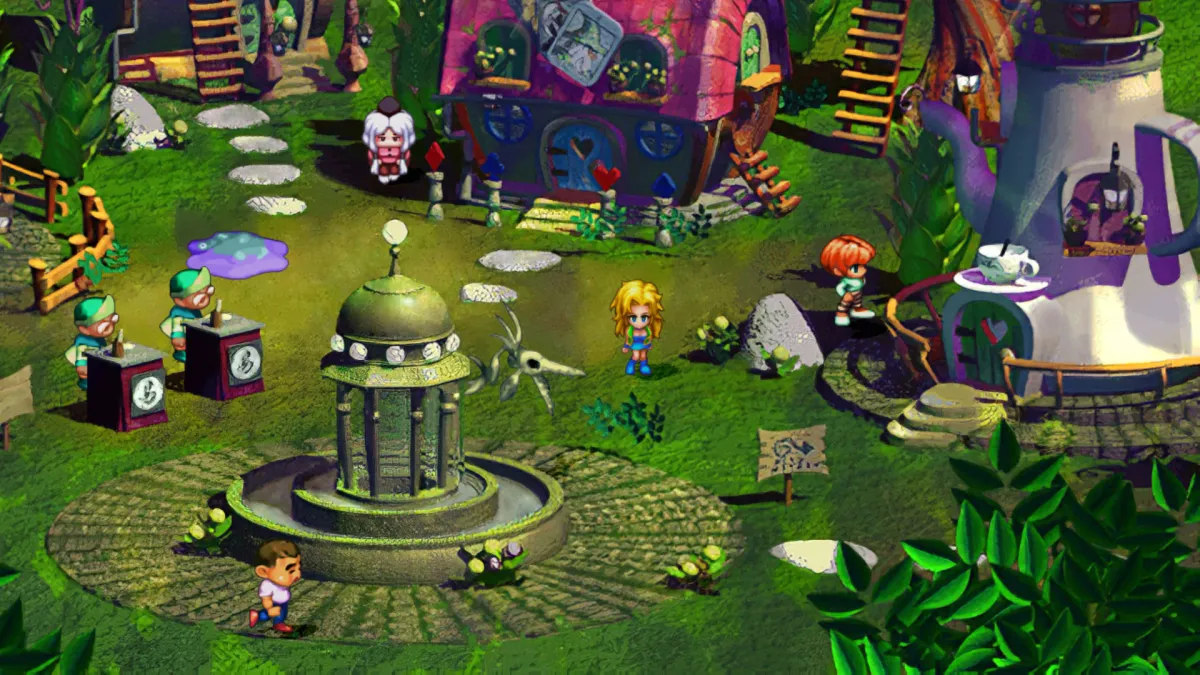






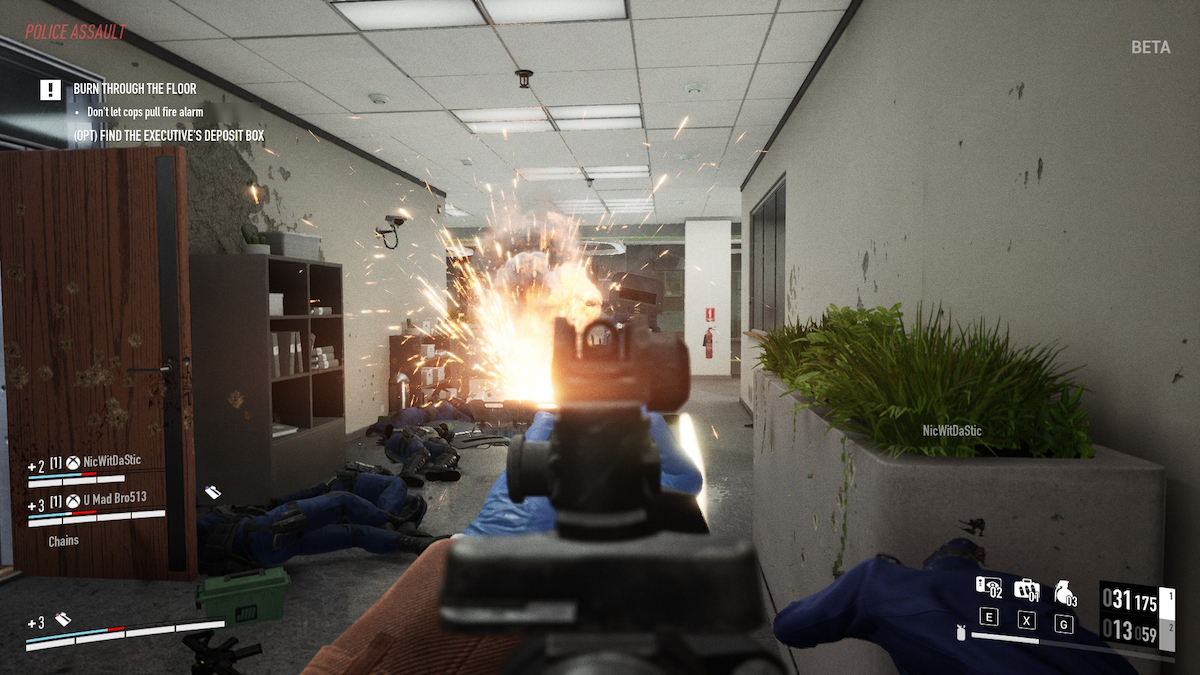
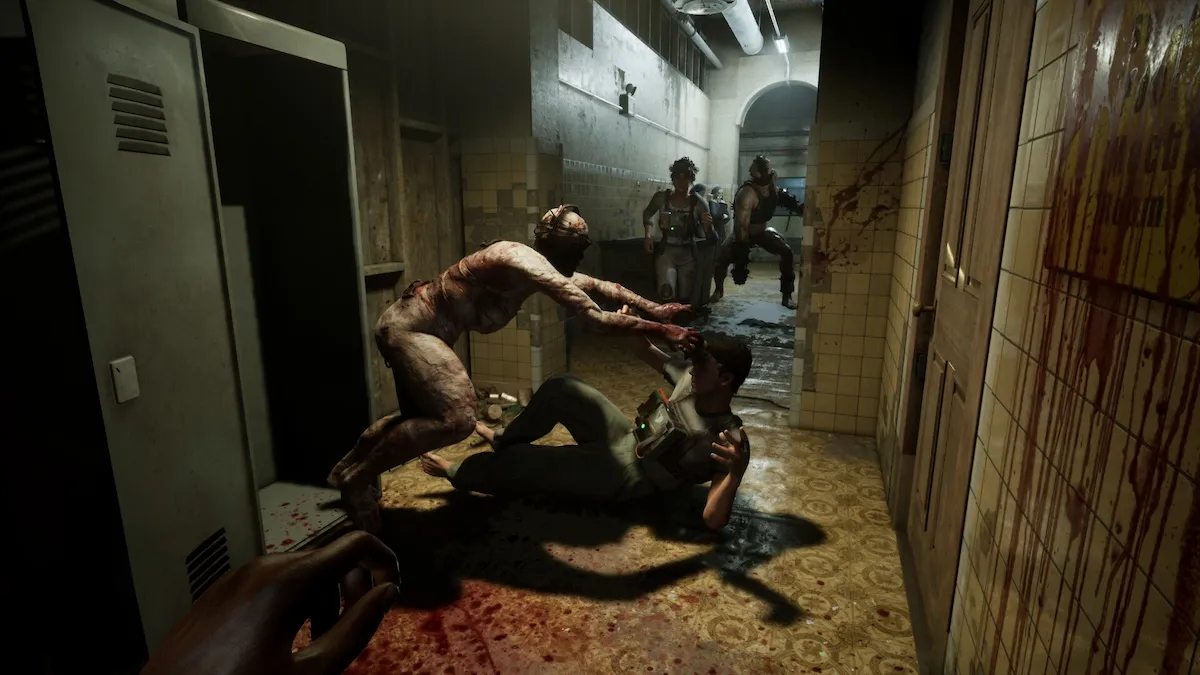
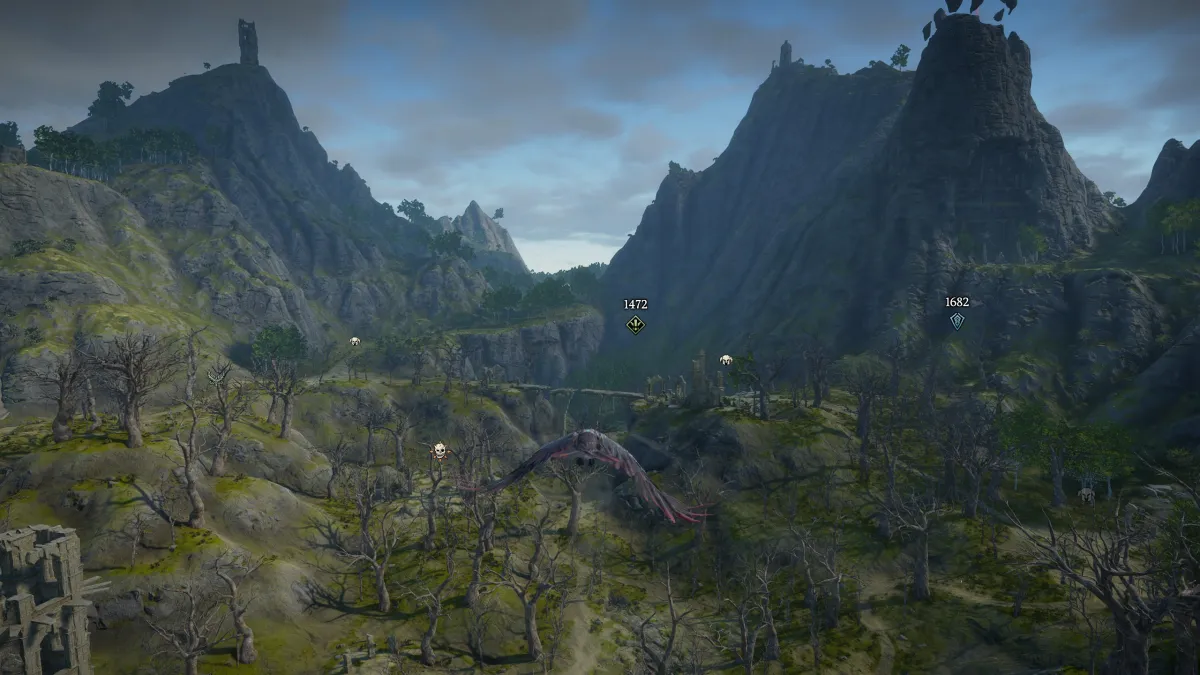
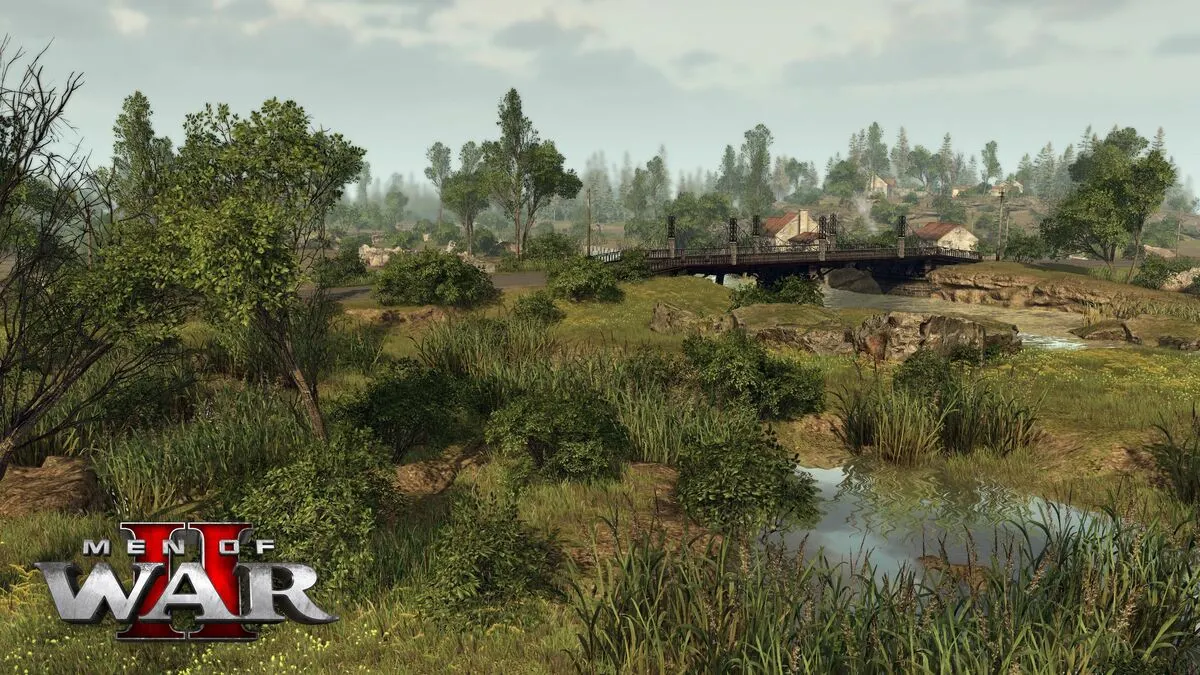
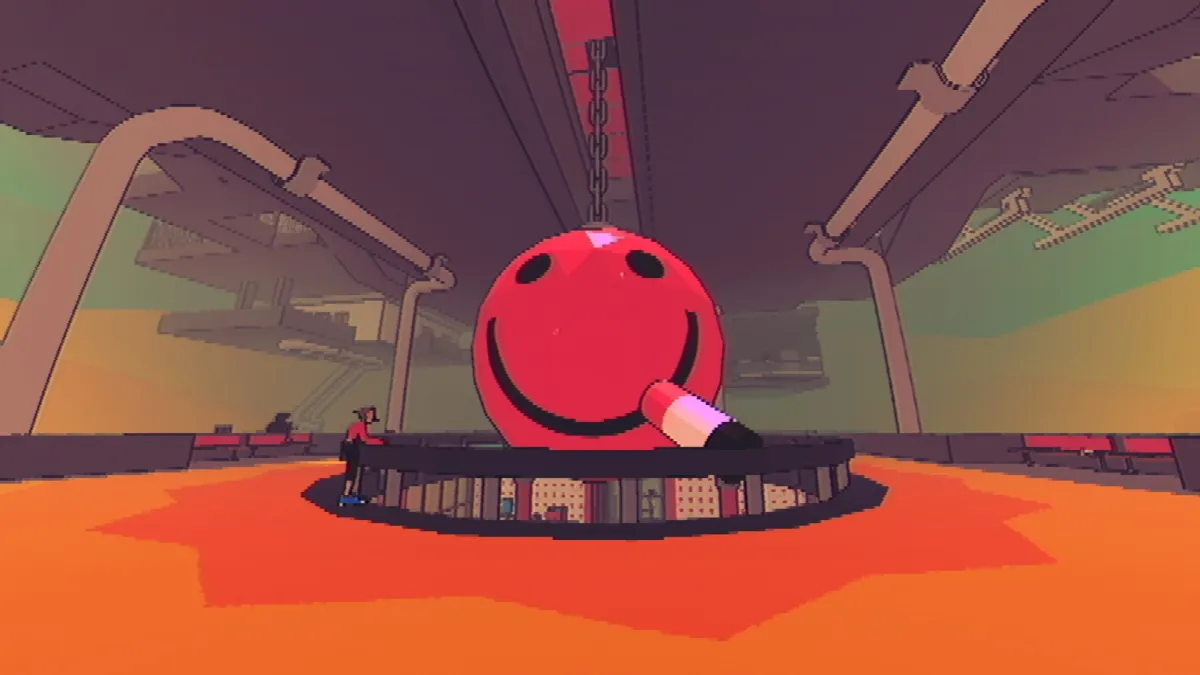
Published: Apr 15, 2021 12:15 pm